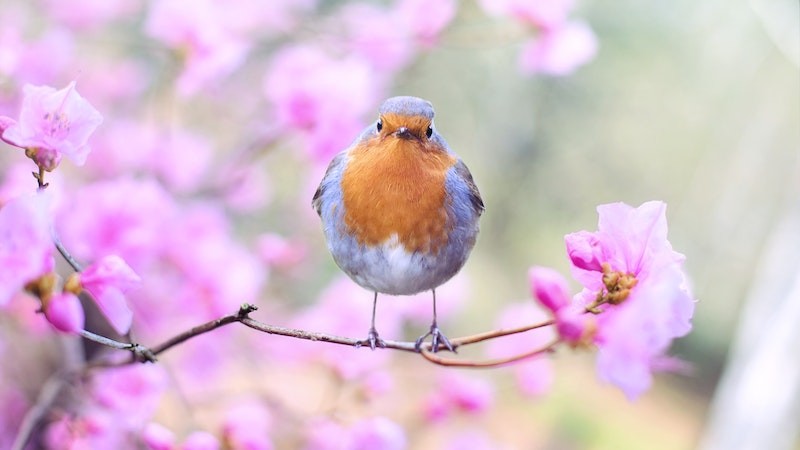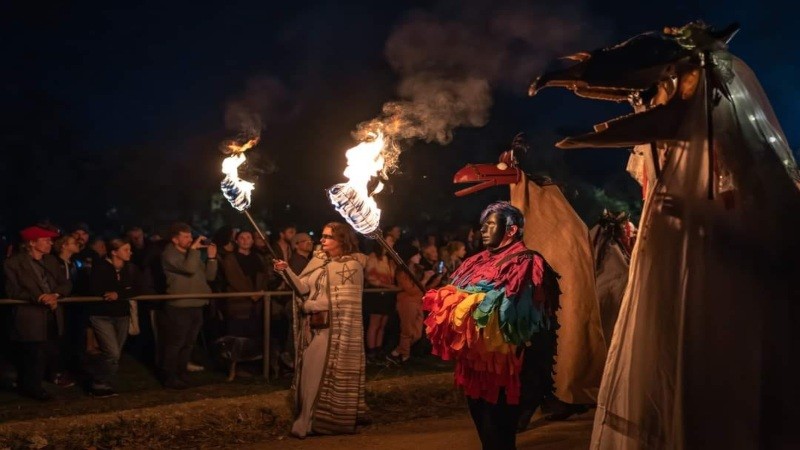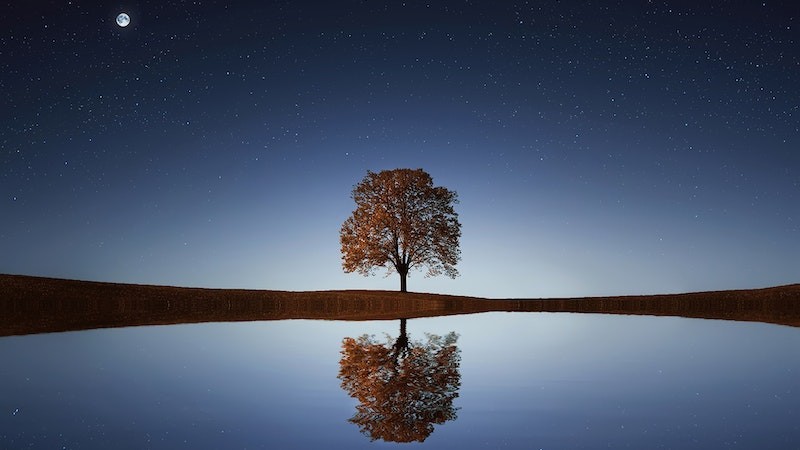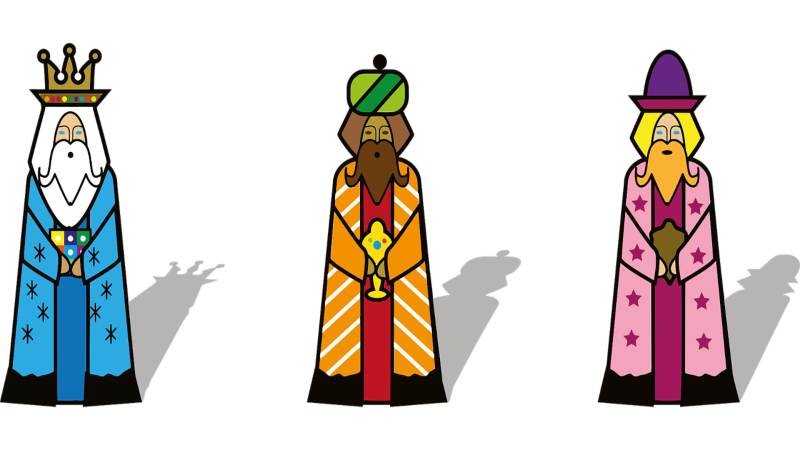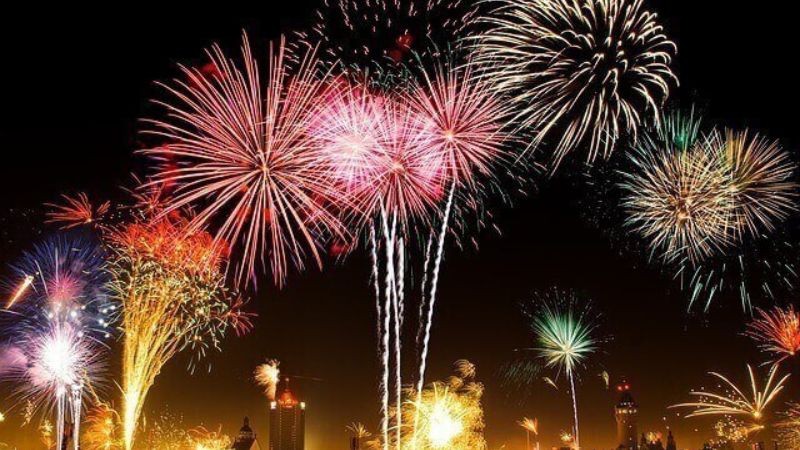
What is Hogmanay?
Hogmanay is the most important holiday in Scotland because it’s their New Year’s Eve celebration. The last day of the year is celebrated at large and is known as the most incredible outdoor celebration of New Year’s Eve worldwide. The festival doesn’t stop after a day; instead, it goes on for three days straight.
Hogmanay Day All Quick Overview
- Time / Date: December 30 to January 1
- Category: Festival
- Where It’s Marked: Scotland and the United Kingdom
- Why It’s Marked: The day is marked to celebrate the last day of the year and invite the new year with colors.
History Of Hogmanay
The origin of Hogmanay isn’t clear, but it’s believed that in the early 8th and 9th centuries, the Vikings brought many classic festivities of Hogmanay to Scotland.
The Norsemen celebrated the Winter Solstice, or the shortest day, with huge parties and different traditions that lie close to the day of New Year's Eve. So, the source of the festival can lie in Norse or Gaelic customs.
There is a more logical reason for the celebration of Hogmanay.
During the Protest Reformation in 1640, “Yule Vacations” became illegal, and Christmas became considered a Catholic feast, causing the celebration ban for almost 400 years.
Then there was no holiday left for the Scotland people to relieve their stress, and they had to work even on December 25. If anyone violated the rules, harsh punishments were awaiting them.
Such cruel initiation led to the celebration of Hogmanay to end the year with a blast. Up to the 1950s, the ban on Christmas was prevalent, leading to Hogmanay becoming the most significant celebration in Scotland for people to enjoy.
How to Celebrate Hogmanay
If you ask us, Scotland people know how to party. Hogmanay is such a party that’s enjoyable for all. Previously when Christmas was banned, people used to exchange gifts with each other and call it Hogmanays.
Nowadays, people celebrate the day with fireworks and music and lots of dancing in Scotland and some northern parts of England.
Previously, people used to dress up in animal hides’ and run around the street; others would march behind, throwing sticks at them.
Moreover, animal skin was wrapped and ignited on fire to scare the evil spirits off. Although these customs are nearly gone now, older communities still celebrate them.
Now, let's move to the present celebration in Edinburgh! It's the largest Hogmanay celebration; where the festival lasts for three days. Throughout the days, many traditional and modern celebrations occur there.
On December 30, the streets get filled with celebrants marching through the heart of Edinburgh while holding thousands of torches and playing pipes and drums. The marching reaches its finale through the Royal Mile to the Holyrood Park.
On December 31, the partying starts! A complete setup with live music, DJs, concerts, giant screens, and outdoor bars welcomes the partygoers on Princes Street. You can dance the night away on the streets or at the Gardens concerts.
Moreover, as the midnight bells strike, the night sky gets filled with fireworks over Edinburgh Castle, and the famous New Year’s Day song, “Auld Lang Syne,” is sung along by thousands of people who visited from around the world.
On January 1, after a night of partying, you can either participate in Loony Dook or sleep in with a hangover. The choice is yours! But we strongly recommend the Loony Dook.
You can dress up in costumes, march in the Dookers parade through the high street, and finally reach the River Forth at South Queensferry, where you can enjoy a nice splash in the cold water. You can also sit down to enjoy the fantastic view of the iconic Forth Bridges. It will be worth it!
Scotland's capital knows how to party, but the other regions aren’t any less. In Stonehaven, a literal fire parade takes up the cold streets attracting thousands of viewers. Pipers lead the parade, and the performers show different tricks with fire. This tradition has been going on for over 100 years.
People also start to gather piles of wood in Biggar town to celebrate South Lanarkshire town’s New year tradition. The giant bonfire gets lit at exactly 9:30 p.m. on New Year’s Eve to welcome a warm and wonderful new year.
Countries that Observe Hogmanay
Scotland and some parts of Northern England celebrate Hogmanay. Although the festival seems fun, it's a custom for only the Scots. But everyone around the world is welcome to join the celebration. The more, the merrier!
Interesting Facts about Hogmanay
The different festivities sound incredible, but there are more interesting facts you might want to know about Hogmanay.
- The phrase "the bells" describes the midnight hour when New Year's Eve becomes New Year's Day.
- The famous song, “Auld Lang Syne,” sung in Hogmanay, is also used in the movie “When Harry Met Sally.”
- “First Footing” is a ritual that Scotland people perform to bring good luck. The “first foot” should be by a man with black hair because blonde-haired men resemble the Vikings. The man also has to bring a lump of coal, shortbread, a dram of whiskey, and a gift.
- Another fascinating custom of Hogmanay is “redding.” You must clean your house and clear your debts before the bell rings for the new year.
- The neighbors visit each other in the morning rather than at nighttime. They also bring food and gifts with them to celebrate the rest of the day together.
- The biggest Hogmanay Edinburgh has ever experienced was in 1997, with over 400 thousand people at the festival. The Guinness World Record has recorded this occasion as the most significant dance event.
Unique Hogmanay celebration ideas
Writer's Note: As the celebration is vast and takes place outdoors, I couldn't find any more unique celebration ideas.
Hogmanay Quotes
A festival as fabulous as Hogmanay has quotes to uplift your mood and to use to wish others. Let’s have a look.
“lang may your lum reek” – means long may you live
“Haste Ye Back!” – means return soon
May the paths o’er which you wander, be to you a joy each day. Haste Ye, Back we love you dearly. Haste Ye Back on friendship’s way.”
FAQ
1. Why do people gift coal on Hogmanay?
Coal is a sign of warmth in Scottish culture.
2. Did Robert Burns write the song “Auld Lang Syne”?
He did write it, but Robert Burns took up the tune's inspiration from another jingle.
3. Why do Scotland people dip in River Forth's water?
In 1896, 3 people who went for a dip came out with no hangover; thus, the ritual continues.
4. On what song did the Hogmanay festival in Scotland create the world record for the most significant dance event?
“Strip the Willow” is the song that made the world record happen.
Hogmanay Observances
| Year | Weekday | Date | Name |
|---|---|---|---|
| 2021 | Thursday | 30 December | Hogmanay |
| 2022 | Friday | 30 December | Hogmanay |
| 2023 | Saturday | 30 December | Hogmanay |
| 2024 | Monday | 30 December | Hogmanay |
| 2025 | Tuesday | 30 December | Hogmanay |
| 2026 | Wednesday | 30 December | Hogmanay |
We constantly update the dates of holidays that keep changing every year. However, while we revise and change some dates to be accurate, if you find any errors, kindly inform us . That will mean a lot to us.
